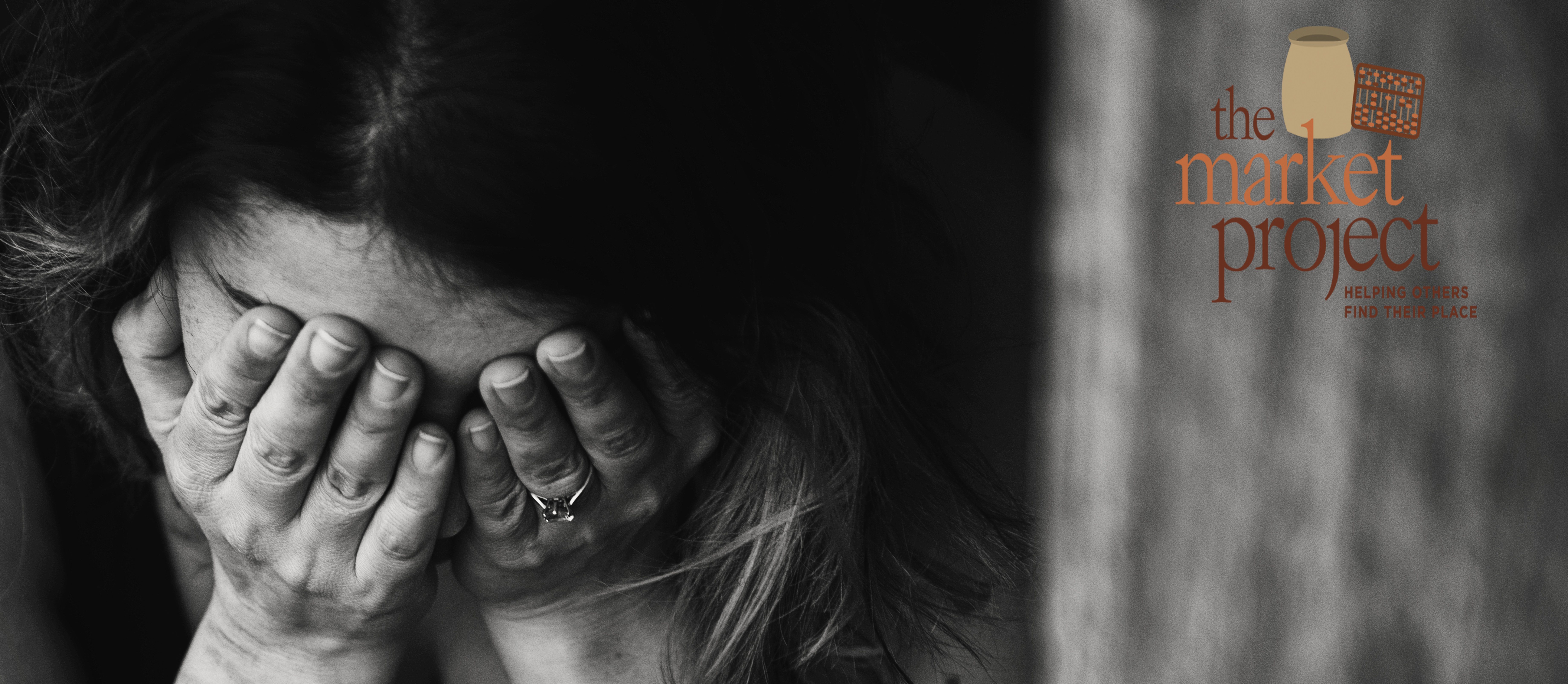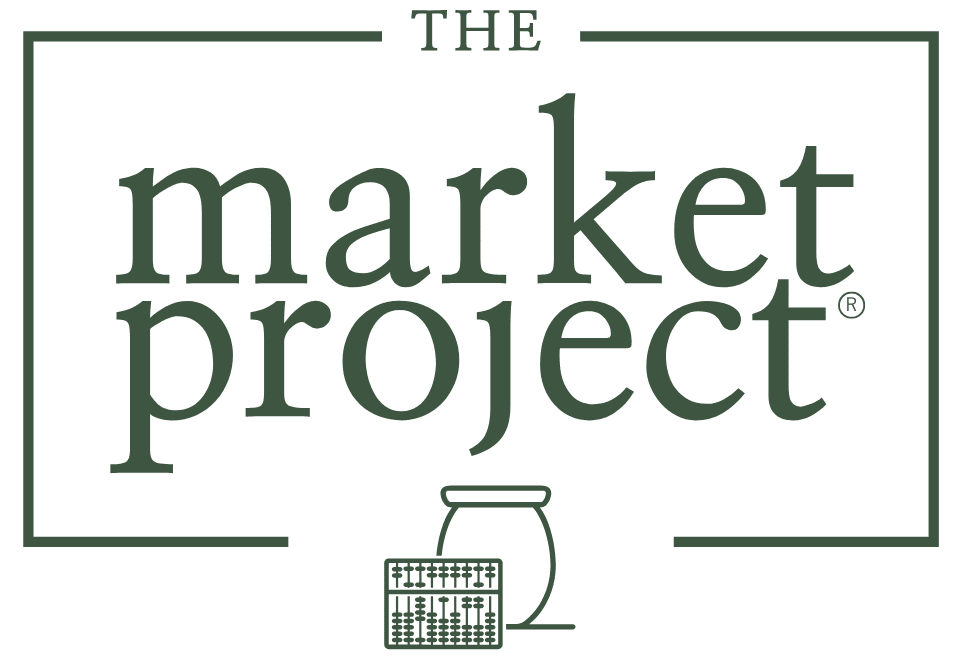The Forgotten Targets of Human Trafficking

The past decade has brought an increased awareness of the menacing scale and scope of human trafficking. There is now growing assistance to populations vulnerable to exploitation for commercial gain. Yet one demographic remains overlooked: men, women & children living with physical and intellectual disabilities.
Fifteen years ago modern day slavery was largely understood to mean the commercial sexual exploitation of women. Today, the global community’s understanding of the insidious nature of trafficking has broadened. We now know that a trafficker’s exploitation of humans for profit also encompasses forced labor, organ removal, child military conscription, false marriages, and beyond. Traffickers prey on human vulnerabilities fueled by conflict, corruption, weak rule of law, poverty, and discrimination, making certain groups particularly susceptible to victimization.
Despite this greater awareness, the connection between trafficking and those with disabilities continues to confound. The U.S. Department of State’s 2016 Trafficking in Persons (TIP) Report highlights this hidden aspect by identifying those with mental and physical disabilities as one of five populations “especially vulnerable to trafficking.”[1] To demonstrate the global scale of this plight, the 2016 TIP Report references 15 countries spanning five continents where traffickers target adults and children living with mental, cognitive, behavioral, physical, and/or sensory impairments.[2] Whether in South Africa, Israel, Vietnam, Colombia, or the United States, the US government has documented cases of forced labor, sexual abuse, forced begging, and benefits theft involving people with disabilities.
Why are individuals with disabilities at such risk? The State Department, the US Justice Department, and the advocacy group Disability Rights International (DRI) point to a confluence of factors occurring at the individual, societal, and structural level.[3]
Individual: In cases where men and women with intellectual and physical disabilities depend on others for their most basic needs, unequal power relations can develop. When faced with unscrupulous caregivers, these individuals, who may also crave human connection, often feel they have no other option but to submit to trafficking demands to secure acceptance and ensure survival. Cases documented in Burundi by the State Department depict family members exploiting this asymmetrical relationship by “lending” their children or relatives with disabilities to organized street-begging operations for a cut of the take. In a recent US federal trafficking case, the defendants persuaded a young woman with cognitive impairments to live in their home in exchange for “protection” and “care”. Instead, the 18-year-old girl was subjected to forced prostitution and required to surrender all of her disability checks.[4]
Societal: Entrenched in many societies is a culture of indifference and disregard toward individuals with disabilities, spurring alienation and marginalization. These vulnerable individuals are left with scant access to social capital and the support networks essential for integration, self-efficacy, and protection against abuse. In the case of Ukraine, DRI identified a country-wide practice of segregating disabled children from both parents and larger society, often for life. Considered “uneducable”, boys and girls are transferred into government-run orphanages and boarding schools where consistent neglect, abuse, and isolation from family and community heighten their risk of falling into the hands of traffickers. DRI describes these institutions as “direct feeders” for traffickers ever ready to exploit vulnerable children for labor, sex, begging, and organs.
Structural: Stigma experienced by those with disabilities also creates structural barriers despite their equal protection under the law. Whether it is the inability of law enforcement to make the necessary accommodations for victims to report exploitation, or the passage of legislation barring individuals with disabilities to testify in court, biased justice systems encourage a culture of impunity. Traffickers are then emboldened to continue targeting this population.
While the chilling linkage between traffickers and men, women, boys and girls with disabilities can seem disheartening, The Market Project is applying its mission of creating trauma-informed workplaces to partner with disability care organizations. The business model and objectives of The Market Project present unique opportunities for employment of people with disabilities that can have life-saving consequences. Such employment opportunities can begin to dismantle individual barriers for men and women who are ready to work if given a chance, as well as counter societal norms that undermine and disregard the inherent worth and dignity of women, men, and children living with physical and emotional disabilities.
References
- US Department of State, Trafficking in Person’s Report. June 2016. p. 20.
- Country narratives with specific references to trafficking victims who live with disabilities: Bulgaria, Burundi, China, Colombia, Israel, Japan, Liberia, Macedonia, Mexico, Nicaragua, Pakistan, South Africa, Tanzania, Vietnam, and the US.
- Information Sources: a.) US Department of State, Trafficking in Person’s Report. June 2016; b.) Disability Rights International, No Way Home: The Exploitation and Abuse of Children in Ukraine’s Orphanages. 2015; c.) US Department of Justice Office for Victims of Crime. Human Trafficking Task Force E-Guide. (Accessed 1/16/17).
- The Human Trafficking Pro Bono Legal Center, Trafficking in Persons with Disabilities in the United States. April 2016.
Stay up to date on our impact
Join our email newsletter to hear stories of our work.
